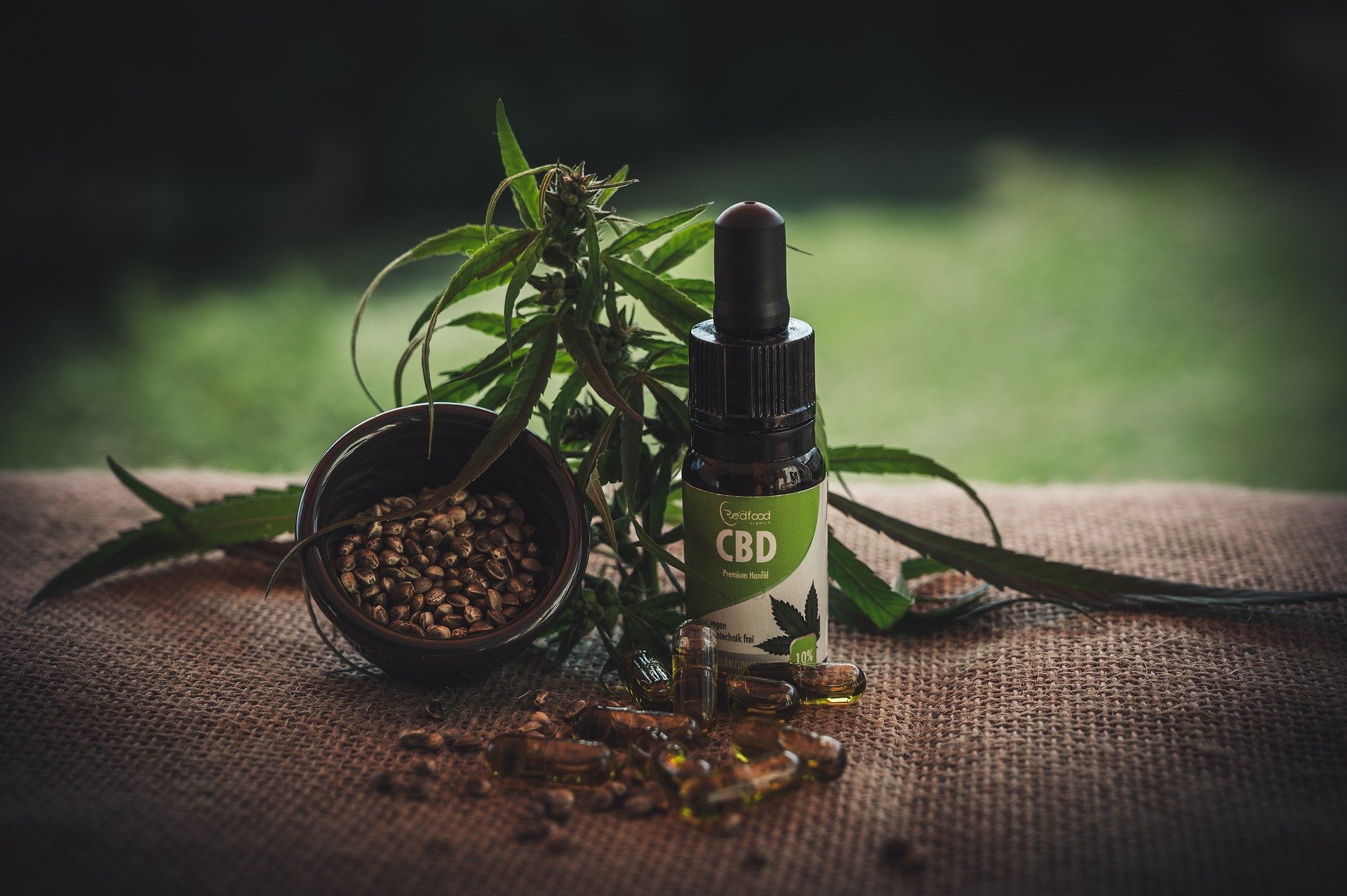For centuries, people have used marijuana for variations of a single purpose: to get high. Cannabis, in its natural state, has well-known psychoactive effects that inspire euphoria, relaxation, and other positive sensations.
Yet, more recently, studies on marijuana have indicated that it can be way more than a recreational drug. Starting in 1996, with California, of course, and continuing to this day, more and more states are permitting the medical use of marijuana and certain other cannabis products. But, has science shown cannabis to be good for anything, or is weed a cure-all that truly cures nothing? Read on to find out.
Cannabinoids: Marijuana’s Active Chemicals
Marijuana is made from all sorts of chemical compounds. There are two molecules that produce the majority of the drug’s sought-after results: THC and CBD. These are the cannabinoids that bind with the body’s cannabinoid receptors, causing physical and psychological effects. The human body produces its own neurotransmitters named endocannabinoids for how similarly they behave to the active chemicals in marijuana. When cannabinoids THC and CBD bind to the brain and body receptors (called CB1 and CB2) intended for endocannabinoids, the effects are extreme.
The most abundant cannabinoid is THC, which stands for trans-delta 9-tetrahydrocannabinol. THC is the chemical responsible for marijuana’s famous high. It binds to the abundance of CB1 receptors in the brain, inhibits the release of normal endocannabinoids and stimulates a flood of dopamine, which results in euphoria and relaxation. Often, THC over-activates the functions regulated by the endocannabinoid system. One’s mood, cognition, perception and appetite can hit extremes, especially if one over-partakes in THC. Unfortunately, it also means that THC is potentially dangerous. Just this year, the first-ever death by THC overdose was recorded in Florida — the woman was so relaxed that she stopped breathing.
Cannabidiol, or CBD, is the second-most abundant cannabinoid. Unlike THC, it is not psychoactive and thus does not produce a noticeable high. CBD does bind to endocannabinoid receptors, most frequently the CB2 sites located in the gastrointestinal system and nervous system. The truth is that scientists aren’t totally sure what it does inside the body. Previously, researchers believed that CBD did the same thing as THC but at different receptors, that the cannabinoid blocked endocannabinoids while producing more extreme effects. However, now researchers are beginning to think that CBD attaches to CB2 receptors and encourages the body to produce more of its own endocannabinoids, thus improving the body’s ability to regulate and heal itself. Because CBD is legal everywhere, it has rapidly become a cure-all for essentially every ailment, from acne to cancer. Until science understands more about CBD, it might be wise to exercise some caution when using this drug.
The Health Effects We Know About
Unfortunately, because marijuana remains a Schedule 1 drug, it has not been easy for researchers to study in the United States. That means many of the claims made by marijuana enthusiasts have not been proven or have hardly enough evidence to offer a definitive conclusion. Take the complex issue of pain, for example. Medical marijuana is commonly prescribed as a method of pain management and relief. Many studies show that inhaled marijuana does almost nothing for most types of pain. It offers plentiful adverse effects like impaired memory, altered judgment, and poor motor coordination. Weed has been shown to be effective at managing neuropathic pain. Other forms of THC and CBD — like concentrated oils — produce more noticeable effects. There simply isn’t enough evidence yet to say conclusively that cannabinoids are good for reducing pain. Fortunately, there are some studies that provide near-certain conclusions about cannabinoids. For example, early studies have found that CBD does have beneficial effects on neurological diseases. Already, the Food and Drug Administration has approved Epidiolex. A treatment formulated using CBD for rare and severe epilepsy. Doctors are prescribing some sufferers of schizophrenia CBD treatments, and a CBD-based drug for schizophrenia will likely hit the market soon.
What We Can Study Into the Future
Though marijuana has been in use for centuries, we are only now beginning to study the drug in earnest. The problem now is that the internet is circulating a wealth of claims that lack sufficient evidence — and people are acting on these claims without understanding the risks. Cannabis could be a wonderful addition to the pharmacopeia, just as opium has been. Before we begin using it for more extreme diseases, like cancer or diabetes, it is imperative that there is empirical evidence demonstrating its effectiveness. Studies must employ large samples, placebo controls, and other rigorous measures to determine how different cannabinoids work, so doctors and patients can use THC and CBD with certainty. CBD might not be as dangerous as THC, but both cannabinoids should be used with caution. Users should be careful to control their dosage, increasing only with intention and awareness. Then, cannabinoids can remain a safe and fun experience.
If you liked the article, check out 5 Benefits of Marijuana Delivery Services




